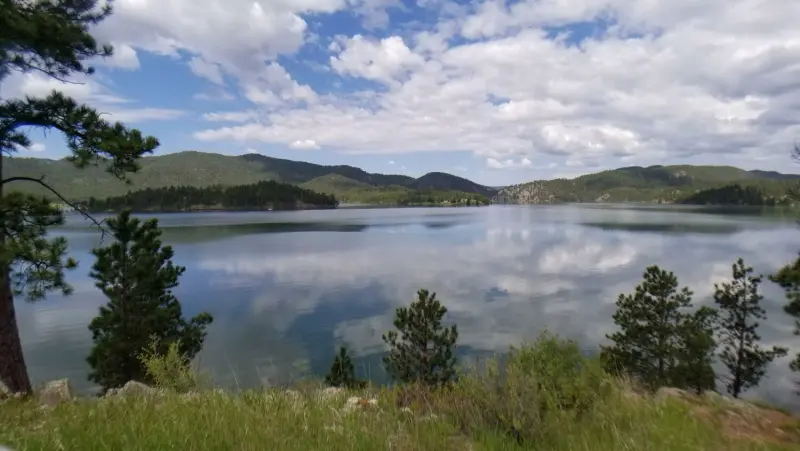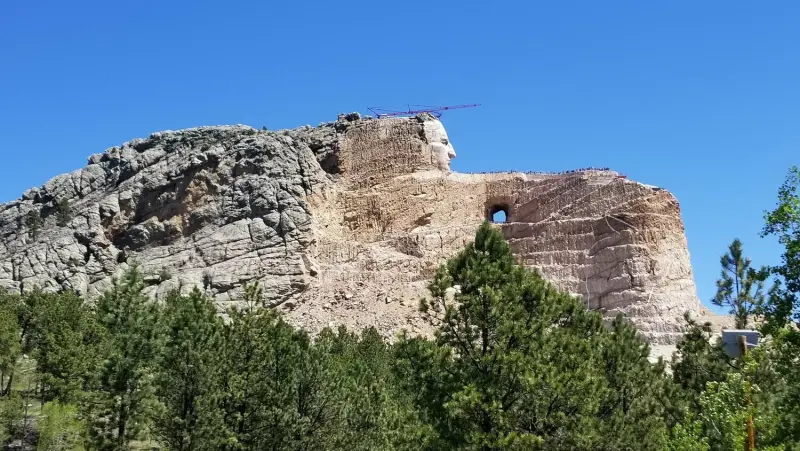Leave No Trace
Updated on October 2, 2021 • 3 minute read • 566 words
Hiking offers an incredible opportunity to connect with nature, immerse ourselves in its beauty, and experience the serenity that only wilderness can provide. As outdoor enthusiasts, it is our responsibility to ensure that these natural wonders are preserved for future generations. One fundamental principle of responsible hiking is leaving the trail and surrounding environment just as we found it. In this blog post, we will explore why leaving a hike undisturbed is crucial, and offer practical tips on how we can achieve this goal.
Preserve the Ecosystem
Every ecosystem is delicately balanced, and even the smallest act of disturbance can have far-reaching consequences. By leaving a hike untouched, we allow plants and animals to thrive undisturbed in their natural habitat. Avoid picking flowers or uprooting plants, as they play a vital role in the ecosystem, providing food, shelter, and oxygen. Respect wildlife by observing them from a distance and refraining from feeding or approaching them. This preserves their natural behavior and avoids potential harm to both animals and humans.
Minimize Human Impact
The more people visit a hiking trail, the higher the risk of environmental degradation. Avoid carving initials into trees or rocks, as this not only damages the landscape but also sets a poor example for others. Refrain from littering and always carry out what you bring in. Even biodegradable items should be packed out, as they take time to decompose and can disrupt the natural balance. Be mindful of where you step to avoid trampling fragile vegetation or disturbing erosion-prone areas.
Leave Natural Objects and Cultural Artifacts Intact
While it may be tempting to take home a beautiful rock or interesting artifact, remember that these items belong where they were discovered. Removing them disrupts the geological and cultural history of the area. Appreciate the natural beauty of the surroundings without altering or removing anything. Leave behind rock formations, tree branches, and other natural objects, as they contribute to the overall aesthetics of the landscape for others to enjoy.
Respect Trail Markers and Signage
Trails are often marked with signs, blazes, or cairns to guide hikers safely through their journey. These markers are carefully placed to ensure a smooth hiking experience and protect the surrounding environment. Respecting trail markers helps prevent unnecessary erosion caused by veering off-trail or creating new paths. Stay on designated trails at all times, avoiding shortcuts that can lead to environmental damage and habitat disturbance.
Educate and Lead by Example
One of the most effective ways to promote responsible hiking is to educate others about the importance of leaving no trace. Teach fellow hikers, friends, and family members about the principles and practices of preserving nature’s beauty. By setting an example in our own actions, we inspire others to follow suit. Share your experiences and photos through social media channels, emphasizing the significance of leaving hikes undisturbed and encouraging responsible behavior among fellow outdoor enthusiasts.
Preserving the natural beauty of our hiking trails is a shared responsibility. As we venture into the wilderness, let us remember the principle of leaving no trace—leaving the trail and surrounding environment just as we found it. By respecting ecosystems, minimizing human impact, preserving natural objects, following trail markers, and educating others, we can ensure that future generations will continue to enjoy the wonders of nature. Let’s embrace this ethos and make every hike an opportunity to leave a positive and lasting impact on the environment.

